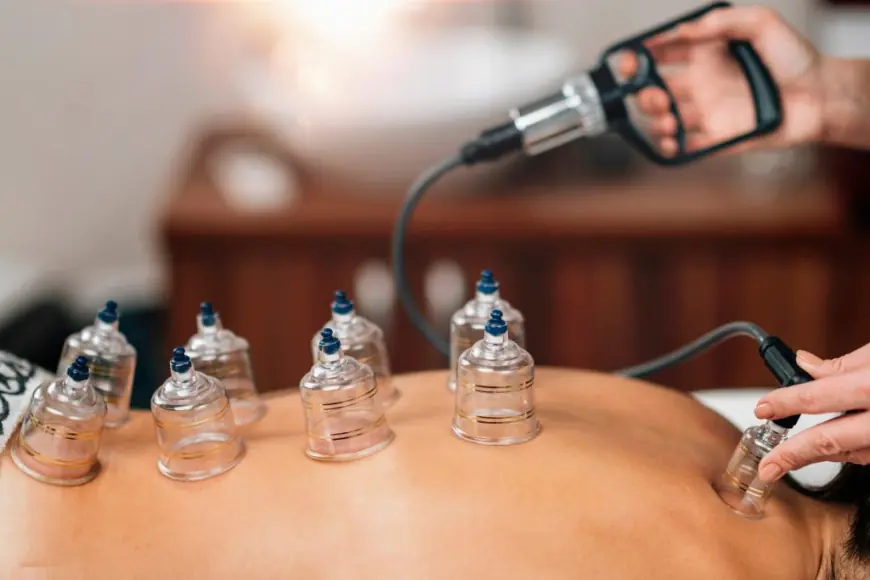Does cupping remove pain?
At Dynamic Clinic, we offer the best Hijama in Dubai. This therapy also known as cupping therapy, can help you relieve pain & other health benefits.

Cupping therapy has been used for centuries as a natural method to relieve pain and promote healing. This ancient practice, originating from traditional Chinese and Middle Eastern medicine, involves placing specialized cups on the skin to create suction. The suction stimulates blood flow, reduces muscle tension, and enhances overall well-being. Many people seek Hijama in Dubai as a trusted alternative therapy to alleviate pain and improve their health. But does cupping really work for pain relief? Let’s explore how it helps, the types of pain it can relieve, and why it has gained popularity.
How Cupping Works for Pain Relief?
Cupping therapy creates suction that pulls the skin and underlying tissues upward. This effect enhances circulation, allowing fresh, oxygen-rich blood to reach the affected areas. Increased blood flow helps reduce inflammation, relaxes muscles, and removes toxins from the body. Many patients experience immediate relief after a session, while others notice gradual improvement over time.
Types of Pain Cupping Can Relieve
Cupping is widely used to address various types of pain, including:
1. Muscle Pain and Tension
Athletes and individuals with physically demanding jobs often experience muscle soreness. Cupping therapy relaxes tight muscles, reduces stiffness, and improves mobility.
2. Back and Neck Pain
Chronic back and neck pain, often caused by poor posture or stress, can be significantly reduced through cupping. The therapy relieves tension in deep muscle layers, making it an effective solution for long-term pain management.
3. Joint Pain and Arthritis
For those suffering from arthritis, cupping can reduce stiffness and swelling in joints. By improving circulation, it supports joint mobility and overall comfort.
4. Headaches and Migraines
Cupping therapy may help alleviate headaches and migraines by releasing tension in the neck and shoulders. Many individuals report fewer and less intense headaches after regular sessions.
5. Sports Injuries and Recovery
Professional athletes use cupping to speed up muscle recovery and reduce post-workout pain. The therapy aids in reducing inflammation and accelerating tissue healing.
What to Expect During a Cupping Session
A typical cupping session lasts 15 to 30 minutes. The practitioner places cups on specific areas of the body, creating suction through heat or a vacuum pump. Patients may feel a pulling sensation, but the process is generally comfortable. Afterward, circular marks may appear on the skin, which fade within a few days.
FAQ’s
Is cupping painful?
No, cupping is not painful. You may feel slight pressure, but most people find it relaxing.
How many sessions are needed for pain relief?
The number of sessions varies depending on the severity of the pain. Some people feel relief after one session, while others may need multiple treatments.
Is cupping safe?
Yes, cupping is safe when performed by a trained practitioner. It is a non-invasive therapy with minimal risks.
Can anyone undergo cupping therapy?
Most people can benefit from cupping, but individuals with certain medical conditions should consult a healthcare professional before treatment.
How long do cupping marks last?
The marks typically fade within a few days to a week. They are not bruises but a sign of improved circulation.
Conclusion
Cupping therapy is an effective and natural way to relieve pain, improve circulation, and enhance overall well-being. Whether you suffer from muscle pain, joint discomfort, or chronic headaches, cupping can be a beneficial treatment. Many individuals seeking Hijama in Dubai have reported significant pain relief and better physical health. If you’re looking for an alternative therapy with proven benefits, cupping is worth considering.












